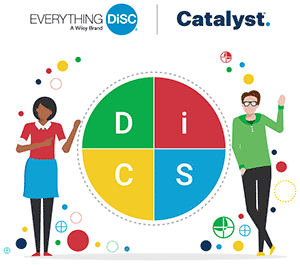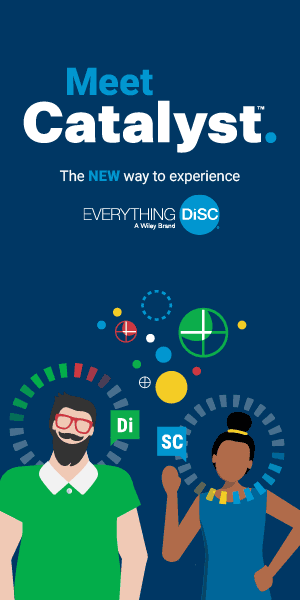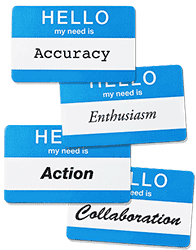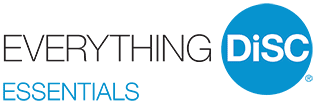Professionals ask, “What makes a good leader?” And that’s a great question, especially in today’s world where change is constant and adaptability is crucial. We’ve identified seven key qualities that are essential leadership skills that form the backbone of what can truly elevate a team or organization.
1. Strong Communication Skills – A good leader knows how to articulate ideas clearly and listens to their team. Communication is a two-way street, and effective leaders create an environment where employees feel heard and understood. This helps to avoid misunderstandings and ensures everyone is aligned with the organization’s goals.
2. Integrity – Trustworthiness is vital. Leaders who act with integrity are consistent in their values and actions, creating an environment of honesty and transparency. This inspires trust, builds team confidence and encourages ethical behavior throughout the organization.
3. Empathy – A great leader understands and can share the feelings of others. Empathy helps leaders navigate the changes inherent in the workplace and address the human aspect of leadership, fostering stronger relationships and a positive workplace culture. It also helps to resolve conflicts with understanding, leading to more cohesive teams.
4. Self-Awareness – Self-awareness is key to understanding how one’s actions and behaviors affect others. Leaders who are self-aware can adjust their approaches based on feedback, improving relationships and decision-making.
5. Inspiring Others – Motivating and inspiring people to give their best is what separates good leaders from great ones. A leader who can create a compelling vision and make others excited to be part of it helps the team achieve more than they thought possible.
6. Well-Informed Decision Making – Making decisions is one of the most important responsibilities of a leader. Asking the right questions, considering all perspectives, and evaluating the risks and rewards is necessary for sound judgment and success.
7. Empowering Teams – A great leader doesn’t micromanage but empowers their team members to take initiative, make decisions, and grow. They provide the right resources and support, creating an environment where people feel confident and capable.
It’s also crucial to recognize that leadership is an ongoing journey, not a destination. Leadership can be developed through experience and intentional effort. The commitment to continuous self-improvement and learning is what truly defines a leader’s potential for growth, both personally and within their organization.
By fostering these qualities and investing in essential leadership skills development, organizations can reduce turnover, improve productivity, and create a positive and resilient workplace culture. Leaders who know how to build trust, communicate effectively, and empower their teams can drive significant change and success.
Do you have any specific challenges you’re facing in leadership development within your organization? Whether you want to assess or improve your leadership skills of your team’s, I’d be happy to dive deeper into those areas with you! Just email learn@corexcel.com.
 DiSC isn’t just a one-and-done assessment – it’s an ongoing journey. Catalyst provides organizations with the tools they need to keep DiSC principles alive in their workplace. With adaptive, interactive, and easily accessible learning resources, teams can continuously refine their skills and apply DiSC insights well into the future.
DiSC isn’t just a one-and-done assessment – it’s an ongoing journey. Catalyst provides organizations with the tools they need to keep DiSC principles alive in their workplace. With adaptive, interactive, and easily accessible learning resources, teams can continuously refine their skills and apply DiSC insights well into the future. 1. Compare Profiles for Better Collaboration
1. Compare Profiles for Better Collaboration








